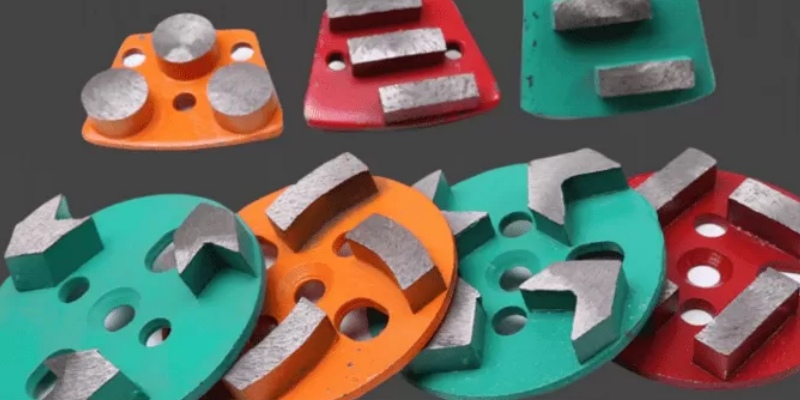As the core component of modern communication networks, the quality and performance of optical modules directly affect the stability and speed of the network. Today we will have an in-depth understanding of a professional optical module factory, from its production capacity, product lines, quality control to future development plans.
1. Factory Overview
Factory Introduction
Fibertop Optical Module Factory was established 15 years ago and is a professional manufacturer of optoelectronic modules integrating R&D, production, sales and service. Based on its strong R&D and professional manufacturing capabilities, the company responds to customers quickly, provides customers with cost-effective products and solutions, and can provide personalized product design services according to customer needs.
Production Capacity
The factory has advanced production equipment and multiple modern production lines, with an annual output of millions of optical module products. Whether it is standardized products or customized needs, the factory can respond quickly and complete production tasks with high quality.
Core Competitiveness
The core competitiveness of the factory lies in its leading technology R&D capabilities and strict quality control system. Through continuous technological innovation and quality improvement, the factory has obtained a number of international certifications, such as ISO 9001, to ensure the competitiveness of its products in the global market.
2. Main Product Lines
Electrical Port Series Optical Module
Electrical Port Series Optical Module (Electrical Port Module) is a type of optical module used for short-distance data transmission, usually through standard Ethernet cables (such as Cat5e, Cat6) to achieve connection between network devices. Unlike traditional fiber optic modules, electrical port modules use copper cables as the transmission medium, so they are often called "copper cable modules" or "RJ45 interface modules".
SFP series optical modules
The SFP series optical modules produced by the factory include SFP, SFP+ and SFP28. These modules are widely used in Gigabit Ethernet and Fibre Channel networks, supporting transmission rates from 1Gbps to 25Gbps to meet the needs of different network environments.
QSFP series optical modules
The QSFP series optical modules are the preferred products in data centers and high-performance computing fields. The factory's QSFP+ and QSFP28 modules support high-speed data transmission from 40Gbps to 100Gbps.
PON optical modules
The factory also produces PON optical modules such as GPON, XGSPON, EPON and 10G EPON, which are widely used in fiber-to-the-home (FTTH) and enterprise fiber access networks, providing a reliable solution for high-speed broadband access.
AOC and DAC cables
To meet the needs of short-distance high-speed data transmission, the factory also provides AOC (active optical cable) and DAC (direct-attached copper cable) products. These cable solutions not only reduce wiring costs, but also improve system reliability and flexibility.
Customized optical modules
For specific application scenarios, the factory provides customized optical module services. Whether it is an industrial-grade module for special environments or a high-performance module for data centers, the factory can develop and produce according to customer needs.
3. Production process and technology
Raw materials and component procurement
The factory strictly selects high-quality raw materials and components to ensure high standards for each production link.
Production process and process
The production process of optical modules includes multiple links such as module assembly, testing and calibration. The factory is equipped with advanced production equipment and precision testing instruments to ensure that each product undergoes strict quality inspection.
Innovative technology and R&D capabilities
The factory has an experienced R&D team that continuously explores and develops new technologies. With its deep accumulation in the field of optical communications, the factory has obtained a number of patented technologies in the design, manufacturing and testing of optical modules.
4. Quality Control and Certification
Quality Management System
The factory has established a comprehensive quality management system, passed ISO certification and internal audits to ensure that the quality of each production link meets international standards.
Inspection and Testing Equipment
The factory is equipped with advanced testing equipment to conduct environmental testing (temperature, humidity), performance testing (speed, compatibility) and other tests to ensure the stable operation of products in various complex environments.
Factory Inspection and After-Sales Service
Each optical module must undergo a final strict inspection before leaving the factory. The factory also provides comprehensive after-sales service, including technical support, product maintenance and regular feedback to ensure the customer's experience.
5. Environmental Protection and Social Responsibility
Environmentally Friendly Production
The factory always adheres to the concept of environmentally friendly production, uses environmentally friendly materials and energy-saving equipment, reduces energy consumption and waste emissions in the production process, and ensures that the production process meets international environmental standards.
Corporate Social Responsibility
The factory not only focuses on product quality and technological innovation, but also actively fulfills its social responsibilities. The factory provides employees with a good working environment and welfare, and regularly organizes training and team building activities.
6. Future Development Plan of the Factory
Market Expansion Plan
As the global demand for high-speed networks and big data continues to grow, the factory will continue to expand its market, especially in emerging markets and vertical industries. Through continuous marketing and customer service, the brand influence and market share will be enhanced.
Technology Upgrade and Equipment Update
The factory plans to introduce more intelligent manufacturing and automated production equipment to improve production efficiency. In addition, the factory will increase its investment in research and development of new optical module technologies.
Long-term Development Vision
Through continuous innovation, improved production capacity and optimized customer service, the factory aims to provide more efficient and stable optical communication solutions for global customers.
7. Contact Information
If you are interested in our products or services, please feel free to contact us:
Address: Area A, 3rd Floor, Building 3, Jia'an Technology Park, Liuxian 1st Road, Bao'an District 67, Shenzhen, Guangdong Province
Tel: +86-13316498100
Email: sales@fibertoptech.com
We hope to give you a better understanding of the strength and future development plan of this optical module factory. If you have any needs or questions, please contact us and we look forward to working with you.




























